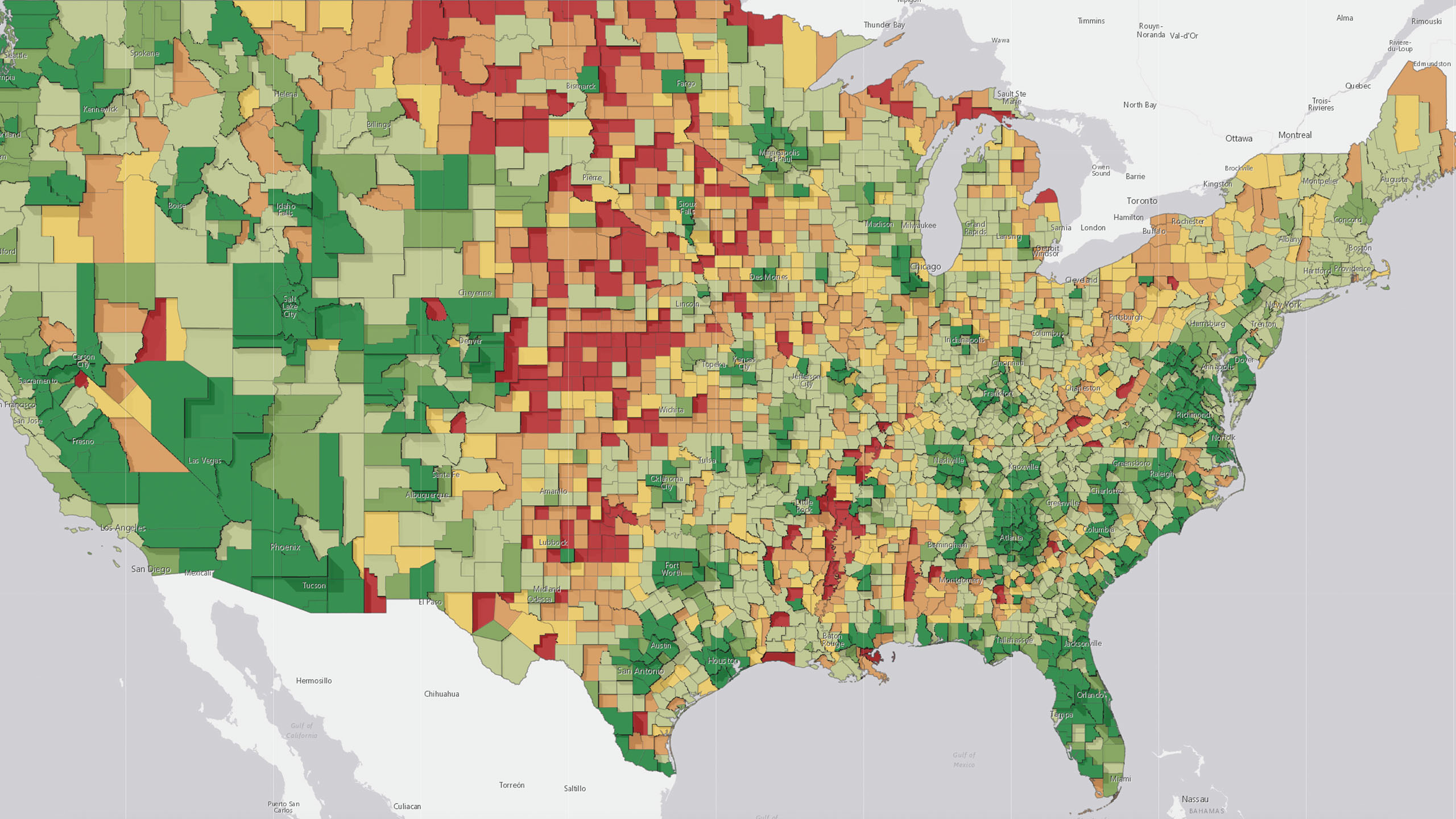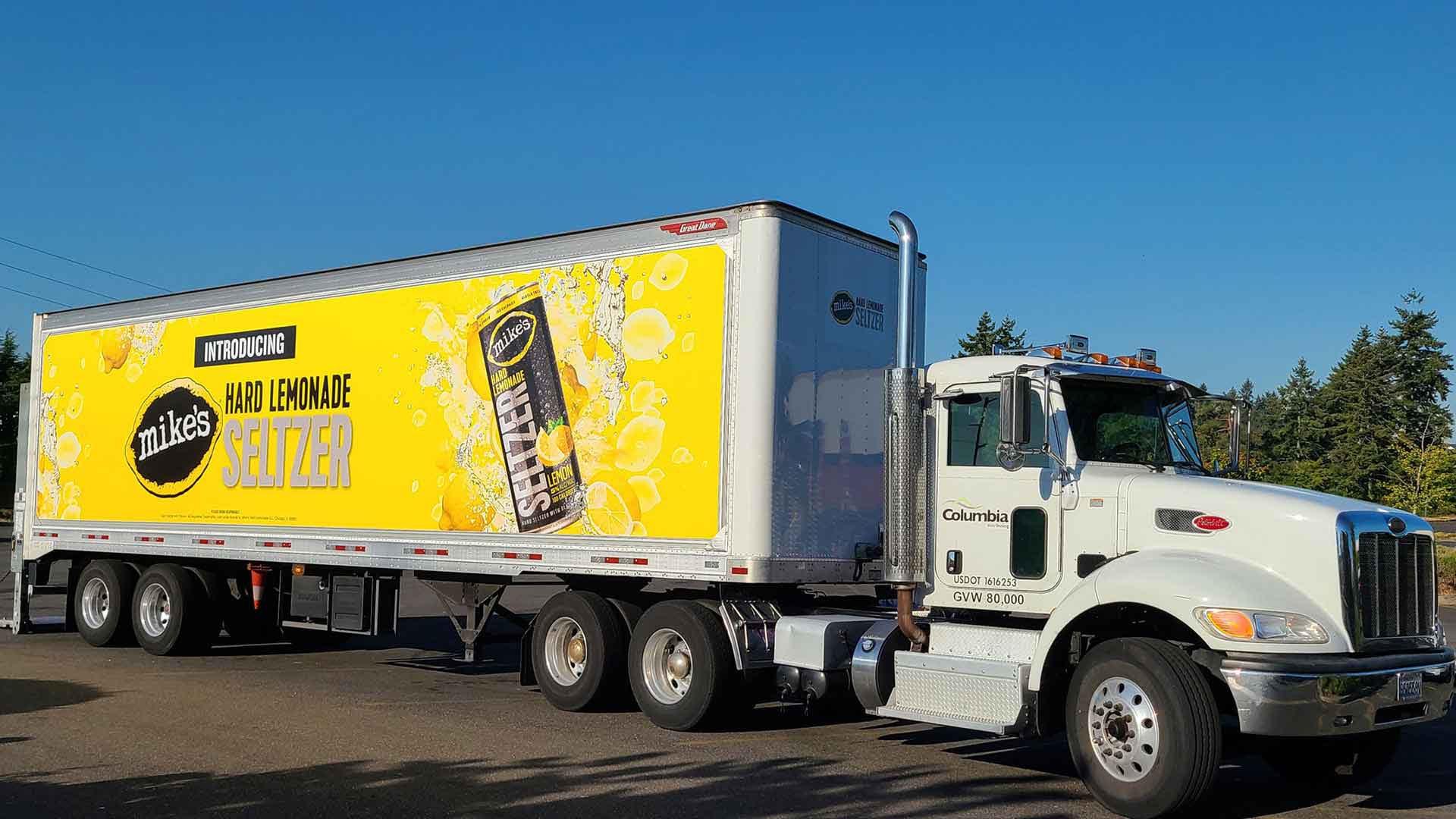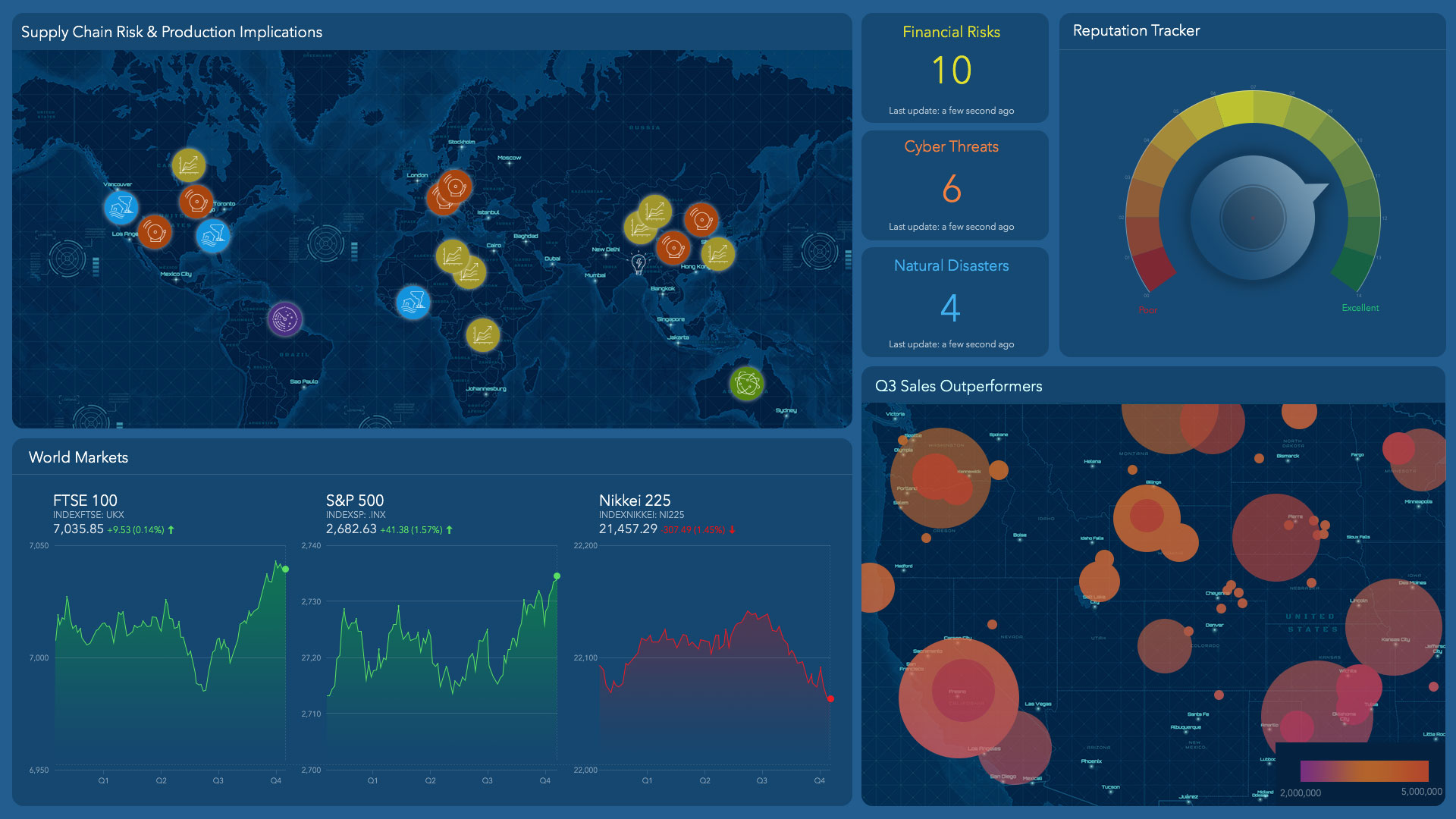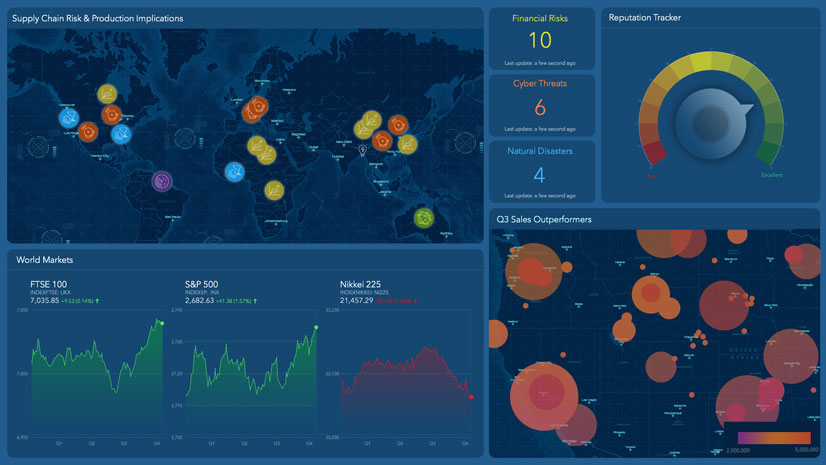Taylor Swift launched her international “Eras” concert tour in March 2023. By the end of that year, it had become the first musical tour by any artist to surpass $1 billion in revenue. This year, it is expected to bring in $1 billion more.
The tour has likely added around $4.6 billion to the US economy. Host cities have experienced substantial boosts. Chicago saw record hotel occupancy the weekend Eras hit town. Cincinnati officials estimated that Swifties would pump $92 million into the local economy. Even the Federal Reserve says Eras has fueled the tourism industry.
The Taylor Swift phenomenon may be singularly massive in scope, but any live event—whether it’s an F1 race, a World Cup qualifier, or the Olympics—offers businesses a chance to take advantage of ripple effects. The key is to understand the geography of an area and the type of fans an event might attract. That understanding comes from location intelligence, and it’s generated by GIS technology.
Moving through the Area
Businesses as diverse as convenience stores, insurance providers, and apparel manufacturers use location intelligence to understand consumers, improve operations, and make informed predictions.
The maps and dashboards GIS provides for daily business planning and long-term investment decisions also can help companies make the most of live events, whether it’s a Swift concert, a playoff game, or a film festival.
In fact, businesses have used location intelligence to anticipate changes caused by another mobile phenomenon—weather—for years.
Consider a Fortune 200 food-and-beverage company that analyzes weather data against point-of-sale records and customer-loyalty info. GIS combines those datasets on a digital map, revealing how weather affects what customers buy. With this location intelligence, the company can adjust what’s behind the counter or on the shelves, based on the weather outlook.
Similarly, a natural gas company used GIS tech to study the correlation between weather and fuel demand, and now prepositions supply in appropriate regions—much as companies in the path of a concert tour might stock up for a surge in demand.
For live events, location intelligence can help companies anticipate consumer preferences.
Anticipating Live Events
A retailer with stores in the vicinity of the venue or at major transportation facilities in the area can analyze the demographics of people likely to attend the event and stock related merchandise or create signage that fits the occasion.
Other brands might use location intelligence to conduct targeted marketing—placing relevant ads in local airports, in-flight magazines, or billboards near the venue or nearby hotels. They might plan social media takeovers in certain zip codes, supported by partnerships with area businesses.
All these strategies are strengthened by geographic data—information specific enough to reveal meaningful consumer preferences but general enough to keep personal information private.
As Taylor Swift’s Eras tour continues its record-setting globe-trot, it’s a good bet more companies will examine how they use location intelligence to connect with fans of all types, across all locations.











